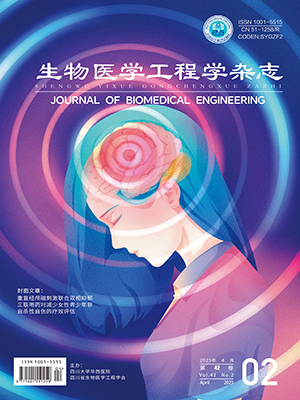The rotation center of traditional hip disarticulation prosthesis is often placed in the front and lower part of the socket, which is asymmetric with the rotation center of the healthy hip joint, resulting in poor symmetry between the prosthesis movement and the healthy lower limb movement. Besides, most of the prosthesis are passive joints, which need to rely on the amputee’s compensatory hip lifting movement to realize the prosthesis movement, and the same walking movement needs to consume 2–3 times of energy compared with normal people. This paper presents a dynamic hip disarticulation prosthesis (HDPs) based on remote center of mechanism (RCM). Using the double parallelogram design method, taking the minimum size of the mechanism as the objective, the genetic algorithm was used to optimize the size, and the rotation center of the prosthesis was symmetrical with the rotation center of the healthy lower limb. By analyzing the relationship between the torque and angle of hip joint in the process of human walking, the control system mirrored the motion parameters of the lower on the healthy side, and used the parallel drive system to provide assistance for the prosthesis. Based on the established virtual prototype simulation platform of solid works and Adams, the motion simulation of hip disarticulation prosthesis was carried out and the change curve was obtained. Through quantitative comparison with healthy lower limb and traditional prosthesis, the scientificity of the design scheme was analyzed. The results show that the design can achieve the desired effect, and the design scheme is feasible.
Citation: DUAN Chongqun, LI Xinwei, HE Bingze, DENG Zhipeng, YU Hongliu. Design and simulation of dynamic hip prosthesis based on remote motion center mechanism. Journal of Biomedical Engineering, 2021, 38(3): 549-555, 562. doi: 10.7507/1001-5515.202007042 Copy
Copyright © the editorial department of Journal of Biomedical Engineering of West China Medical Publisher. All rights reserved
-
Previous Article
Study on modeling, simulation, and sensorless feedback control algorithm of the cavopulmonary assist device based on the subpulmonary ventricular exclusion PENGJing, TAN Zhehuan, LUAN Yong, QIN Kairong, WANG Yu -
Next Article
Finite element method simulating bursting process of multi-chamber flexible package infusion bag YUEHuaijun, WANG Guanshi, JIANG Wentao, TAN Hongbo, LIU Wenjun, ZHU Zhongqiang, ZHU Lin




